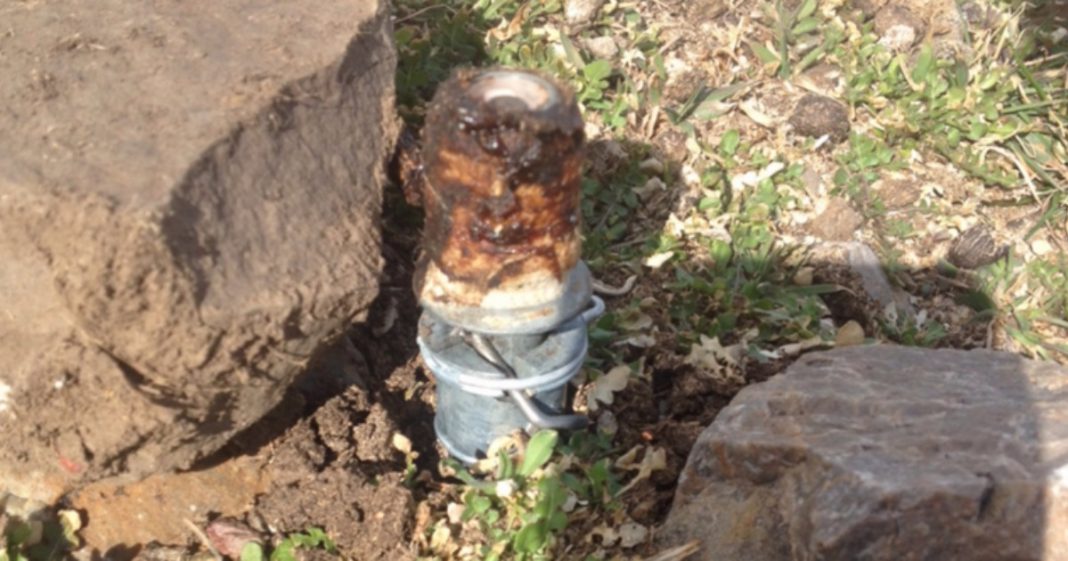Last Thursday, a bomb filled with cyanide exploded, injuring an Idaho boy and killing his dog. When 14-year-old Canyon Mansfield came upon the device, near his yard, he thought it was a sprinkler head. When he went to inspect it, the device exploded, covering him and his yellow lab, Casey, with the toxic chemical. The teenager used some nearby snow to wash out his eye, but quickly noticed that his dog was not ok, “I look over and see him having a seizure,” Canyon told EastIdahoNews.com. “I ran over and he had these glassy eyes. He couldn’t see me, and he had this red stuff coming out of his mouth.” Despite efforts from Canyon’s father, physician Mark Mansfield, Casey died.
Now questions are being raised about the US Department of Agriculture’s use of the deadly devices so close to residential areas. The device, called an M-44, is used to kill predatory animals, like coyotes, by spraying them with the lethal gas. Wildlife Services, the division of the USDA responsible for placing the devices, said in a statement that they post warnings about the devices and that the “devices are only set at the request of and with permission from property owners or managers.” The agency noted that the incident was the first “unintentional lethal take of a dog” in Idaho since 2014.
However, Bannock County Sheriff Lorin Nielsen said they have never been notified about the deadly devices. “I’ve been a sheriff here for 20 years and worked for the office for 39 years, and I’ve never heard of leaving around a device that emits poisonous gas,” Nielsen said.
Canyon’s mother Theresa said that Wildlife Services had not offered an apology of any sort.
The incident highlights the dangerous use of M-44s to manage wildlife populations, leading to lawsuits brought against the government by conservation organizations.
In December, the Center for Biological Diversity, along with WildEarth Guardians, and The Humane Society of the United States released a joint statement regarding their intent to sue the US Fish and Wildlife Service over their use of sodium cyanide in M-44s, as well as another liquid poison “Compound 1080.” The statement notes that M-44s killed 13,860 animals in 2015, with 385 “nontarget” animals, like wolves and family pets, being accidentally killed.
“The EPA considers both of these toxicants Category 1 poisons — the most deadly. The use of these horrific, indiscriminate pesticides by taxpayer-funded federal and state agencies must end immediately,” said Anna Frostic, senior wildlife attorney at The Humane Society of the United States.
Meanwhile the USDA said that,
“Wildlife Services is completing a thorough review of the circumstances of this incident, and will work to review our operating procedures to determine whether improvements can be made to reduce the likelihood of similar occurrences happening in the future.”




![Senator Schumer: “Single Payer [Health Care] is On The Table”](https://sandbox.trofire.com/wp-content/uploads/2017/07/Universal-Healthcare-218x150.jpg)